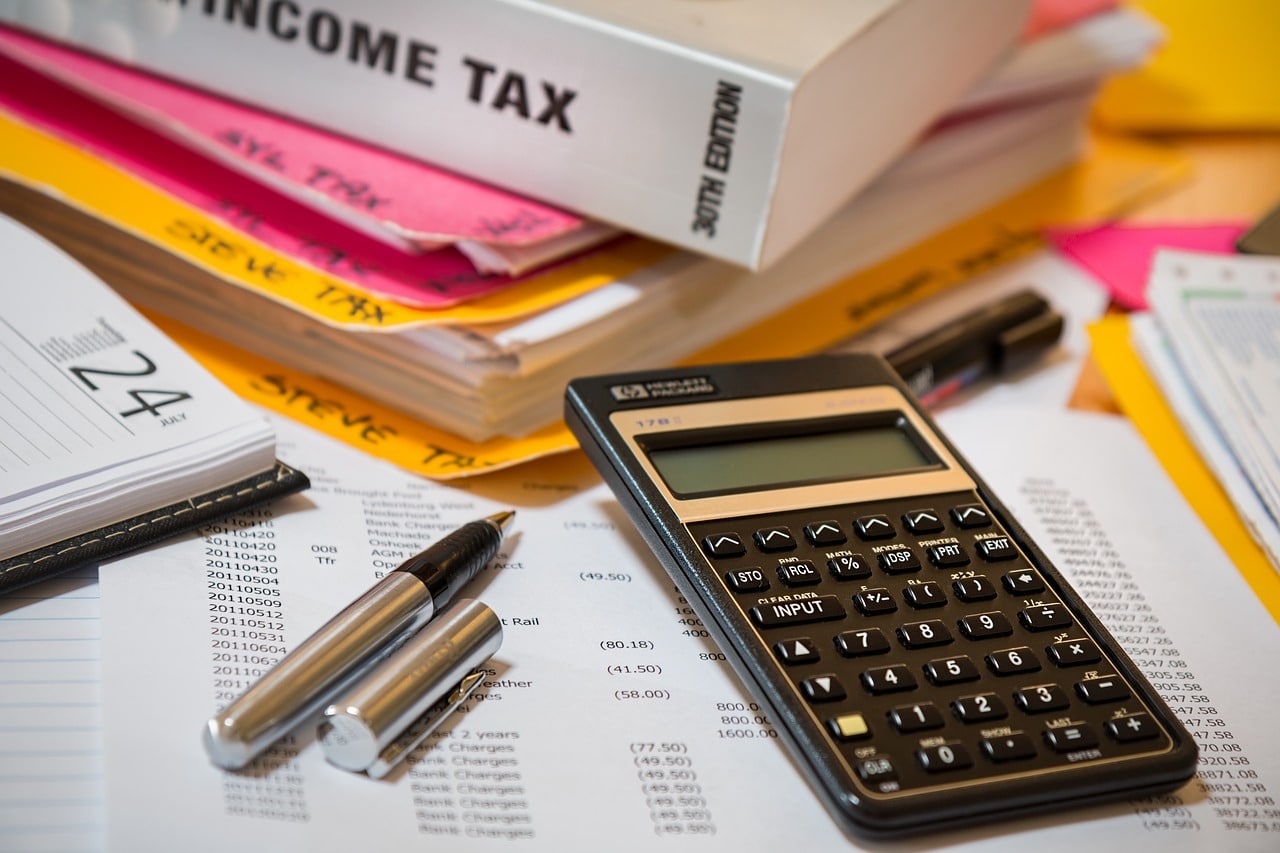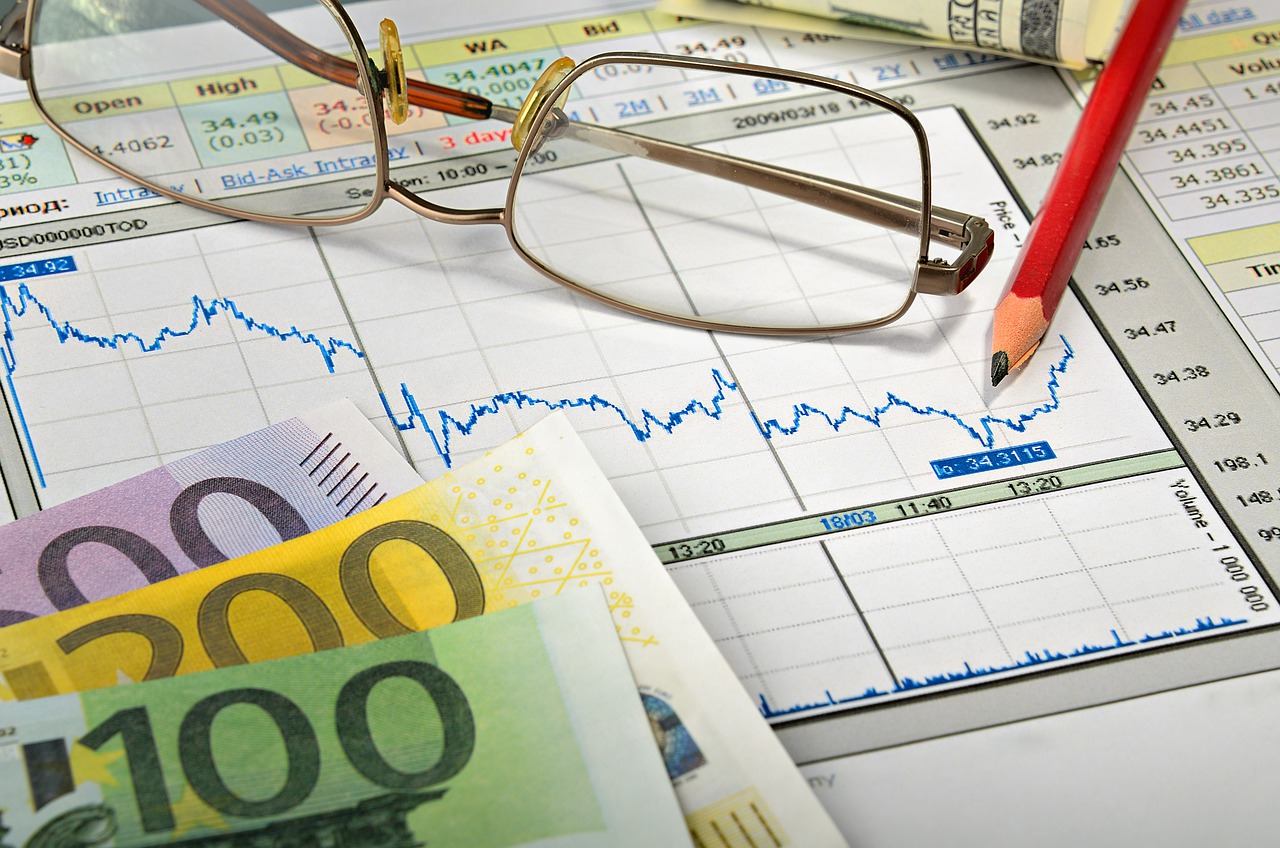
If we own our own company or plan to acquire shares in one that is listed on the stock exchange, it is best to know how to do balance sheet analysis. These will help us make decisions, because they reflect the financial status of the company that interests us.
What are balance sheet analyses? How are they done? When should they be done? We will answer all these questions in this article.
What is a balance sheet analysis?

Before explaining how to perform them, we will first explain what exactly balance sheet analysis is. Well, they are basically a study that is carried out on a company. This study includes all the data related to the balance sheet of the company in question. The main objective is to draw conclusions about the financial status of said company, that is, about its profits and its losses. In order to carry out this analysis, various ratios must be used.
In other words we can say that a balance analysis It is based on a detailed study of the economic and financial data related to a specific company. To achieve this, different data and information must be crossed between the same balance sheet, profits and losses, the statement of changes in equity and the statement of cash flows.
How to do a balance sheet analysis?

Now that we know what balance analysis is, let's see how it is carried out. In the first place, we must have updated and truthful accounting information, the balance sheet and the income statement, We will also use the balance of sums and balances. These documents are known as annual accounts, as they summarize all those economic operations that the company in question has recorded in a given period of time.
The assets belonging to the company in question are reflected in the balance sheet. Assets are the set of goods, rights, investments and treasury, while liabilities are the total of long-term and short-term debts and equity. As objective of this balance we have the discovery about what is the financial situation of the company, what does it have and how is it financing it. Therefore, the following groups are involved in this balance:
- 1: Basic financing
- 2: Non-current assets
- 3: Stock
- 4: Creditors and debtors for commercial operations
- 5: Financial accounts
We are now going to discuss the income statement, also known as the operating account. This basically reflects the result obtained by the company in question during a given period of time. The accounting accounts taken into account for this study are the following groups:
- 6: Purchases and expenses
- 7: Sales and income
- 8: Expenses charged to equity
- 9: Income imputed to equity
Through the income statement we will obtain information on the cost structure of the company in question and the profitability of its activity. Of course, the cost of the infrastructure involved is not taken into account.
Ratios for balance analysis
Once we have the balance sheet and the income statement, We must also ask ourselves what ratios we need to make a decision and make the most meticulous balance sheet analyses. The most notable are the following:
- Debt level: This is the ratio between the funding received and the company's own resources. To calculate it, you have to divide the liability between the result of the sum of the net worth and the liability.
- Solvency: It is the ability of the company to meet its debts. It is obtained by dividing the assets by the liabilities.
- Overall liquidity: It is related to the working capital. In addition, it gives us information about the company's ability to meet its mandatory payments. It is the result of dividing current assets and current liabilities.
- Treasury: To obtain the treasury, you have to add the realizable and the available and divide it by the current liabilities. This ratio does not take into account the value of inventories.
- Debt quality: It is obtained by dividing current liabilities by total liabilities. The higher the result, the more difficult it is for the company to meet its mandatory payments, at least in the short term.
- financial autonomy: To calculate it, the net worth is divided by the total liabilities. The lower the result, the greater the financial independence of the company.
- guarantee coefficient: It reflects the relationship between the set of resources that the company has and those that it owes. It is the result of the division between assets and liabilities due. If the value obtained is below 1,5, the company is at risk of bankruptcy. If the value obtained is above 2,5, the company has capital that it is not knowing how to make profitable.
When to do balance sheet analysis?

In case we have our own company, it is best to do a balance analysis at least once every semester. However, in the vast majority of companies this exercise is never carried out and only from medium-sized companies it is done on a scheduled basis. The moment in which we are practically obliged to carry out a balance analysis is at the end of the financial year and when we want to request financing from a bank.
On the other hand, if what we want is to acquire shares in a company that is listed on the stock exchange, or to work with new suppliers and/or clients, we cannot rely solely on its external appearance. Since we are going to invest our money, we better inform ourselves well, make calculations and see if it would be a good investment or not. In these cases, balance analysis comes in handy and will help us avoid future problems and headaches. Keep in mind that any active company has the obligation to deposit its accounts annually in the Mercantile Registry.
Remember that the world of economics and finance is very complex. To protect ourselves and take as little risk as possible, the more we know how to analyze the different companies, the better our investments and our businesses will do.